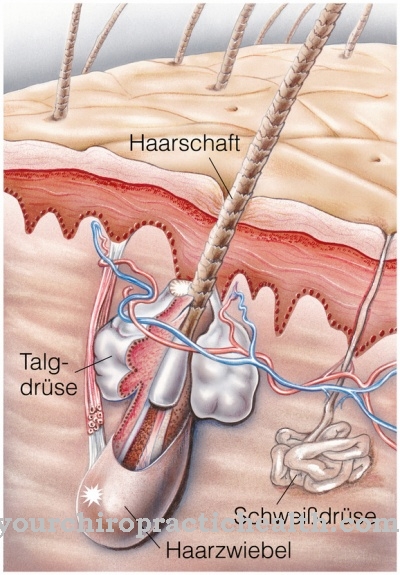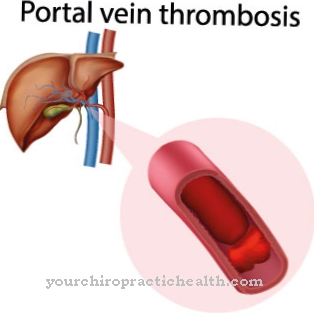Dermatics are drugs that are used in various diseases of the skin and its appendage organs. These diseases usually cause changes in the skin. These can take the form of a rash, eczema, erythema, boil, herpes, or a wart.
What are dermatics?

Dermatics heal many different skin diseases and are mainly prescribed by dermatologists, i.e. dermatologists. The preparations for external use can be administered in the form of creams, ointments, gels or powders. In this case, the active ingredient diffuses through the skin into the body.
Drops and tablets that work from inside the body can also be prescribed for certain skin changes. Skin diseases can be the result of or a concomitant symptom of another existing disease. This possibility must be considered before choosing the skin medication. Infections caused by viruses, bacteria or fungi are treated differently.
In this case, topical application is not always sufficient. Some preparations promote the wound healing process, disinfect the wound, or relieve itching. Skin care products from drug stores are also known as dermatics. These do not heal the skin, but rather care, regenerate, protect or moisturize it.The therapeutic goal is the regeneration of the structure and function of the skin, as well as securing a functional barrier.
Medical application, effect & use
Dermatics are drugs that are used on the skin to heal various skin changes. Local steroids have anti-inflammatory effects and are given in the form of an ointment. These are applied to atopic dermatitis, psoriasis, psoriasis, or allergic eczema.
The cause of the inflammation is not addressed, but symptoms such as redness, swelling and itching are alleviated. The steroids are absorbed by the skin cells and stop them from producing certain inflammatory substances. These substances include prostaglandins that cause these symptoms. Wound treatment agents are dermatics that are used to clean wounds and promote their healing.
In the case of a bacterial infection, a special enzyme preparation can remove the fibrin and necrotic layers. Disinfectants and local antibiotics can be used to clean both wounds that are at risk of infection and those that are already contaminated. These antiseptics have a broad spectrum of activity and kill bacteria, fungi and viruses. These intervene in the cell structure or metabolism of the pathogens and kill or inhibit them.
Wound and healing ointments are another means that you can use to apply to the skin. These have anti-inflammatory, antipruritic, or wound-healing effects. Often these also act as a kind of protective film that is supposed to protect against further germ infections. The Bepanthen® ointment contains e.g. the active ingredient dexpanthenol. This accelerates the healing process for skin and mucous membrane injuries. This ointment is used especially for injuries to the mucous membrane of the eye.
Zinc covers the injured skin and prevents contact with other pathogens. It inhibits pain, inflammation and the growth of germs on the conjunctiva. Zinc forms a network of fibrin and thereby promotes the closure of the wound. Skin care products provide moisture.
Herbal, natural, homeopathic & pharmaceutical dermatics
Dermatics come in a variety of shapes and types. These can be of a homeopathic nature or they can be chemically produced. The raw materials can be solid, liquid and fatty. The solid include powders and the semi-solid lotions and pastes. These have a cooling and covering effect. Water and alcohols are liquid, cool, soften and degrease.
Ointments and oils are greasy, cover and provide moisture. Creams are a mixture of water and oil. Water in oil emulsions are more fatty than oil in water emulsions. Oily creams are suitable for dry skin types and wounds. Water-based emulsions are suitable for oily skin types and wounds. Natural dermatics can be given in the form of herbs, ointments, creams, gels, tinctures, and oils. The drugs consist of purely natural substances.
These are obtained from the world of plants, minerals or animals. The vegetable ones include chamomile, arnica, oak bark, Oregon grape, calendula, coneflower, lemon balm, aloe vera and green tea. Homeopathy is usually particularly well tolerated by the body. Some plants have allergenic substances. The chemical dermatics that contain lipid components are available as silicone oils, paraffins, fatty alcohols, waxes, fats and partial glycerides. These mixtures are anhydrous or have a very low water content.
The less water there is in the mixture, the greasier and stickier it is. Hydrophilic dermatics have water-loving components. These can be solid and liquid in nature. The drug is usually composed of several components and mixes evenly in the water. The most important elements would be short-chain alcohols, non-alcoholic solvents, glycols, macrogols and polyols. Which mixture is the right choice for the various skin diseases depends on whether the wound is dry or damp, chronic or acute.
You can find your medication here
➔ Medicines against redness and eczemaRisks & side effects
The side effects for homeopathic dermatics are less than those for chemical ones. Some plants contain allergens that some people cannot tolerate. Natural substances only cause rashes and itching if there is an allergy to this substance. Cortisone ointments can thin the skin if used over a long period of time. Steroid acne is also possible. An ointment with a small amount of cortisone is therefore recommended on the face. Eye and nose drops containing cortisone can dry out the mucous membranes.
Ointments that suppress the skin's immune defenses can cause local inflammatory reactions. These drugs are called immunosuppressants and are mainly used in atopic dermatitis patients. The use of disinfectants should be used carefully. Unprofessional use can lead to bacterial resistance. Very frequent hand disinfection damages the skin and dries it out. The natural skin flora is damaged and can no longer protect the skin from the outside.
Ointments that are used to treat inflammation, pain or swelling can cause hypersensitivity reactions. These show up in the form of gastrointestinal complaints and allergic skin reactions. Allergic skin reactions would be itching and reddening of the skin. Allergic reactions can also cause dizziness, shortness of breath and cramps. Local skin changes such as contact dermatitis occur less often.


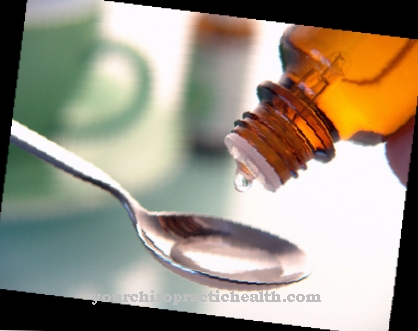


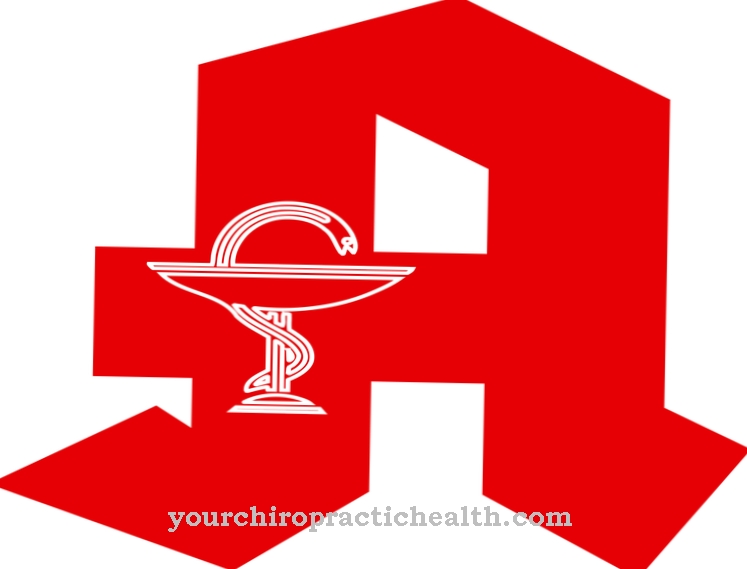
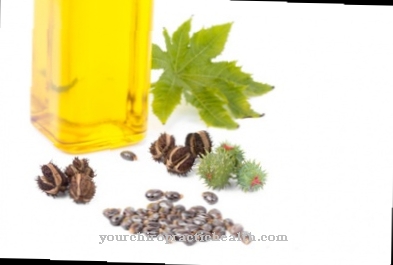



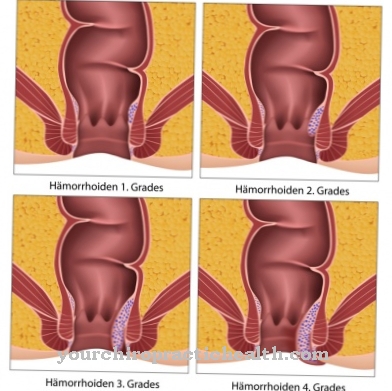

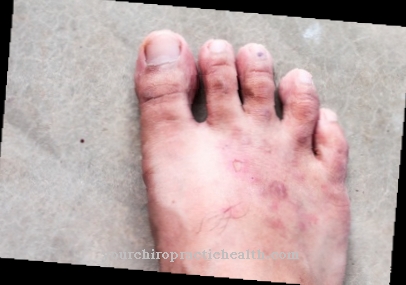
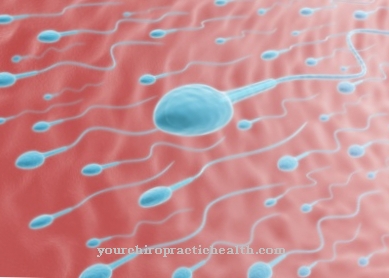
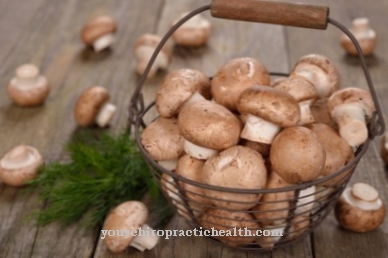

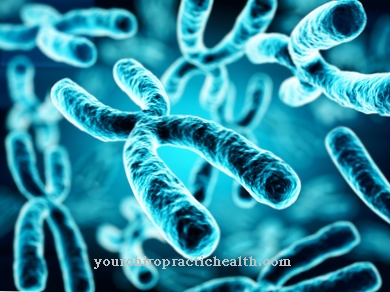
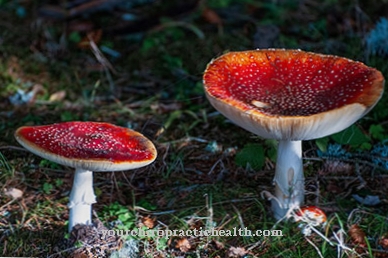



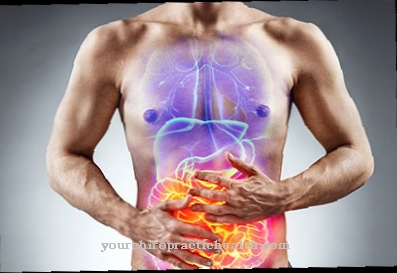



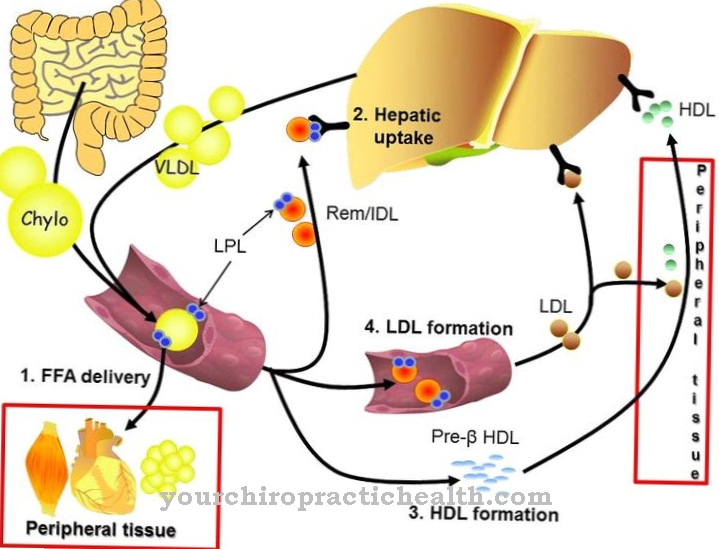
.jpg)
